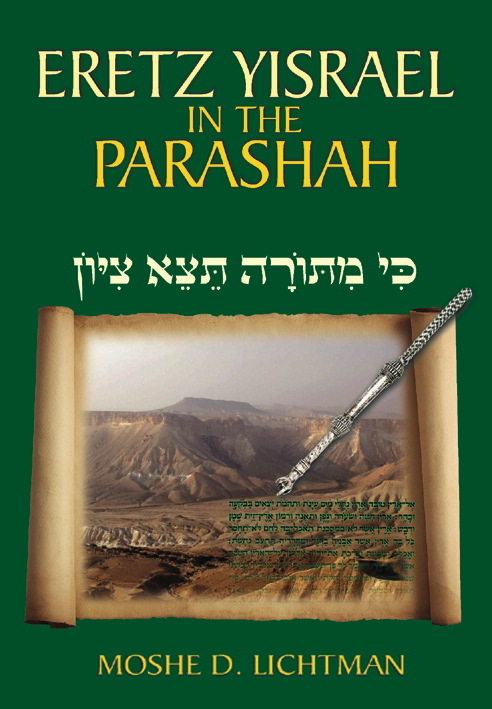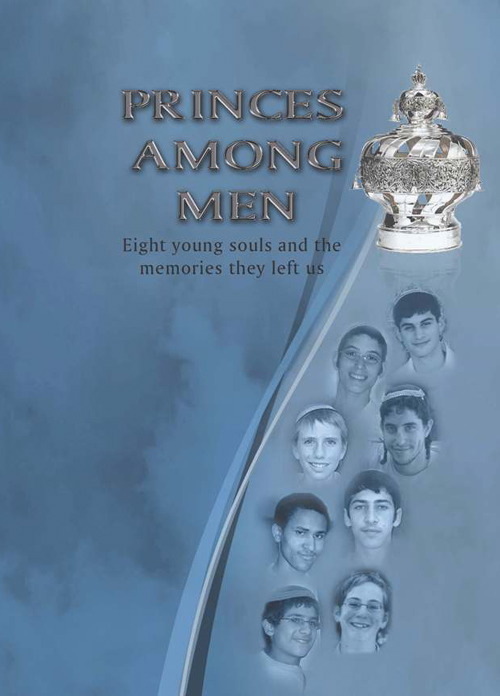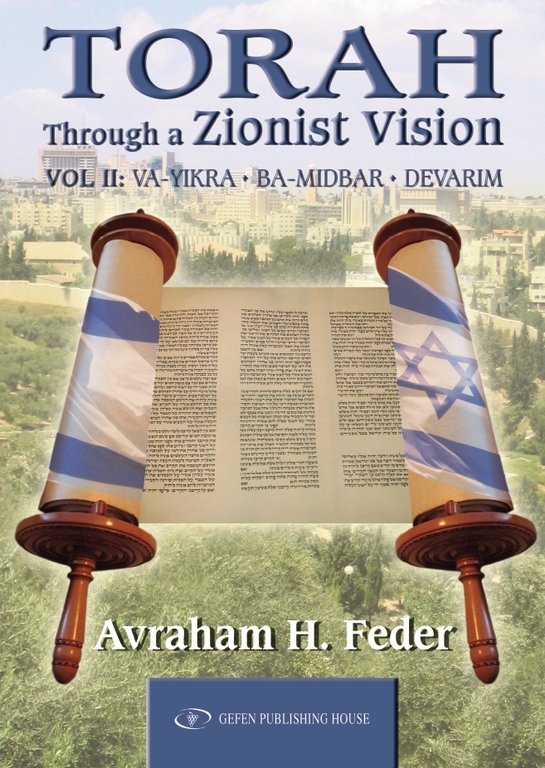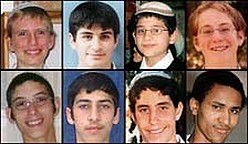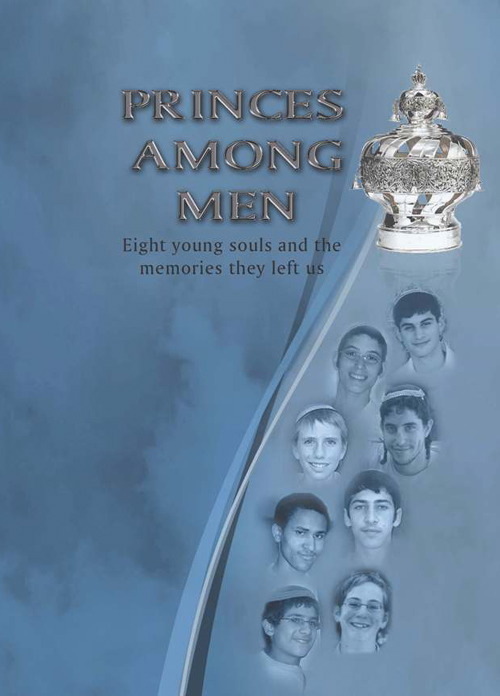The Kosher Bookworm: Yom Ha’atzmaut, Zionism and us
Issue of May 1, 2009 / 7 Iyar 5769
There is almost never a day when the State of Israel does not draw some attention somewhere in the world. This has become the norm. Yet, not so long ago, mentions of our holy land were restricted to a few lines in our daily prayers. To past generations the land of Israel was a dream, an ideal to be prayed for and hoped for. For us an independent Jewish republic in the holy land is a reality and a responsibility.
This year’s independence commemorative is in a climate of crisis and stress. Our responsibility to help assure the state’s continued existence and security is a never ending task. Literature reflecting upon our devotion to that cause has continued to be a labor of love to both the writers and readers of our people.
This week's commemorative began with a day of memorial for those who
fell in defense of the land, people and state. This hazkarah does not reflect upon them exclusively, but also upon all who fell victim to our adversaries. Among these are eight young men murdered on March 6, 2008 at Jerusalem’s famed Yeshivat Mercaz HaRav. Even young students sitting in a bais medrash are legitimate targets for murder in cold blood.
Recently, an English translation was published of fellow students’ tributes to those eight young men. Titled “Princes Among Men” (Feldheim, 2009) it richly depicts, through verse, prose, essays and beautiful pictures, their lives, further demonstrating the enormity of the loss that they represented to their fellow students, their families and our nation.
Three of the eight were students at Mercaz HaRav; five were students at Yeshivat Yerushalayim L’Tzeirim (Yashlatz). According to the school's communications director, Yaakov Cohne, “a few days after the attack, the 12th grade class at Yashlatz sat together and tried to think of a way to memorialize their friends which would also touch upon the difficult period they had just been through, recording their memories of their pain. This was not the pain of discouragement, but a pain characterized by prayer, growth and spiritual ascent. Their efforts not only led to the publication of the original Hebrew edition that was widely acclaimed and is already in its second printing but also spurred an English translation that will serve to help inform others of the tremendous trauma suffered by our yeshiva and the Jerusalem community at large of our precious loss.”
The book is a wellspring of deep inspiration and tribute for all Jews to read about as part of our literature detailing our ongoing struggles to preserve our people’s rights in Eretz Yisrael. These tributes read as a kinot for Yom Hazikaron.
“Eretz Yisrael in the Parshah” by Moshe Lichtman (Devora Publishing, 2006) is a valued and practical anthology of references to the presence and role that Eretz Yisrael plays in our weekly Torah readings. Organized in weekly parsha installments as well as cameo holiday appearances, Rabbi Lichtman, a musmach of the Israeli Chief Rabbinate and Yeshiva University, desribes in detail many of the halachic, aggadic and midrashic elements of the Torah texts that relate both directly and indirectly to the laws and history of Eretz Yisrael. Also enumerated within these pages are all the major players found in the Torah and of their roles in the history of our people during our formative years.
Rabbi Lichtman himself puts it best by stating that the Torah text provides for us the proof that “living in the holy land is more than a dry, halachic question.”
“It is a fulfillment of the deep yearnings of millennia of Jews, to come to the land in order to perform all of G-d’s commandments especially those that depend on the land. This is the true meaning of Zionism: loving and yearning for Zion, an ideal that all of our sages, throughout the generations espoused.”
This book filled with Eretz Yisrael-oriented divrei Torah will make an apt addition to both the Shabbos and Yom Tov table for all the family to use.
Another book of divrei Torah of the same literary genre is titled “Torah Through a Zionist Vision,” (Geffen Publishing, 2008) in two volumes by Rabbi Avraham Feder of Jerusalem. These volumes are a bit more expansive and are highly intellectual in their presentations. Based upon his many sermons at Moreshet Yisrael, Rabbi Feder provides a deeply thought out series of Torah shiurim that consistently reflect his passion and eloquence on behalf of both Torah and Israel. Taken together with his keen analysis of each parsha’s varied themes, they make for more than just a casual read, meant to be learned and studied.
Rabbi Feder’s work was recently recognized by Bar Ilan University where he was honored with the Menachem Begin Prime Minister’s Award for his many years of teaching Torah and Tefilah (chazanut) as well as for his love for Israel.
We conclude with the following observation from Rabbi Avraham Feder:
“A Jew alive at the beginning of this century and new millennium looks at the world –– at his Jewish world. He can summarize his impressions cynically or hopefully: the more things change the more they remain the same –– anti Semitism, assimilation, apathy; or, he can invoke the Psalmist’s ecstatic 'zeh hayom asa Hashem, nagillah ve-nismecha vo.' We have an Israel! And the Israel we have offers us as a people another chance –– another chance to work at fulfilling a covenant we agreed to eons ago ... Do we have a Torah adequate to the task and are we adequate to the task? Our answers to these questions should be in the affirmative. The long exile culminating in the Shoah insists that our answers be in the affirmative. But are we certain?"
That, dear readers, is our challenge every day. It is for us to learn from our sacred writings, and the books we read them in, and to apply it to our daily lives.

 49.0°,
Fair
49.0°,
Fair 
